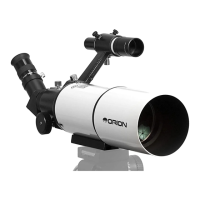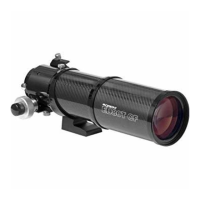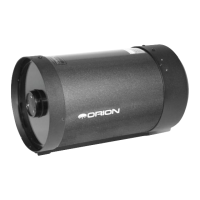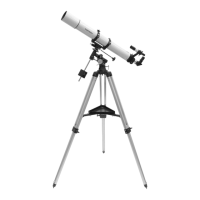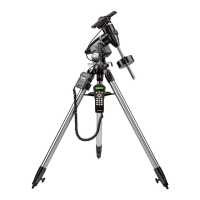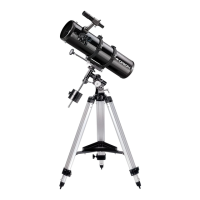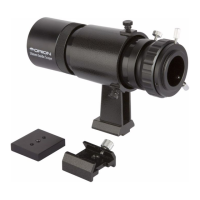6
Planets! Saturn and Jupiter are
best, but don’t neglect Venus
and Mars. You’ll need an updated
star map from a computer
program or internet site to find
the planets on a particular night.
What Can I Look At?
How Does the FunScope Work?
Wildlife, birds, owls, butterflies,
and airplanes flying overhead!
Just about anything that you
can see can be seen up close
with the FunScope.
At the bottom of the FunScope
there is a specially curved 3”
mirror. This mirror can gather
about 120 times more light than
your own eye.
The special curve of this mirror
(called a parabola) concentrates
that light so it will hit the smaller,
flat mirror near the top of the
FunScope.
The small mirror reflects the light
out to the eyepiece. The
eyepiece then focuses all that
light so you can see an image.
The eyepiece magnifies the
object by 30 times, compared to
what your eyes normally see.
The Moon! You’ll see tons of
craters and mountains.
Remember, the view is better
when the Moon is only partly full.
“Deep space” objects beyond
our solar system, such as star
clusters, glowing nebulas, and
even the Andromeda Galaxy!
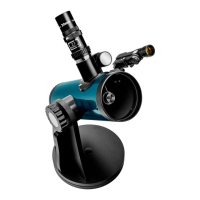
